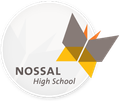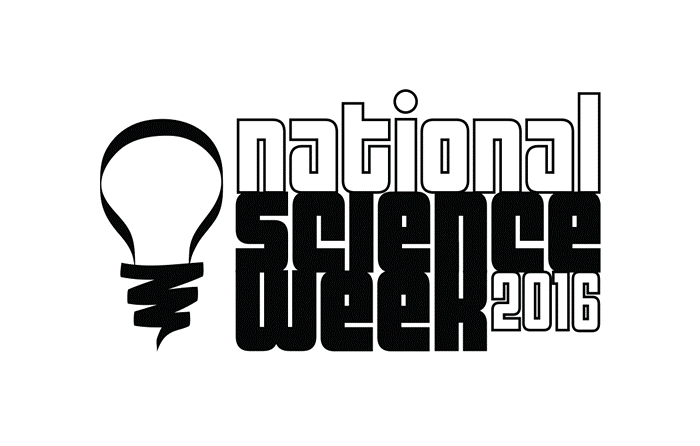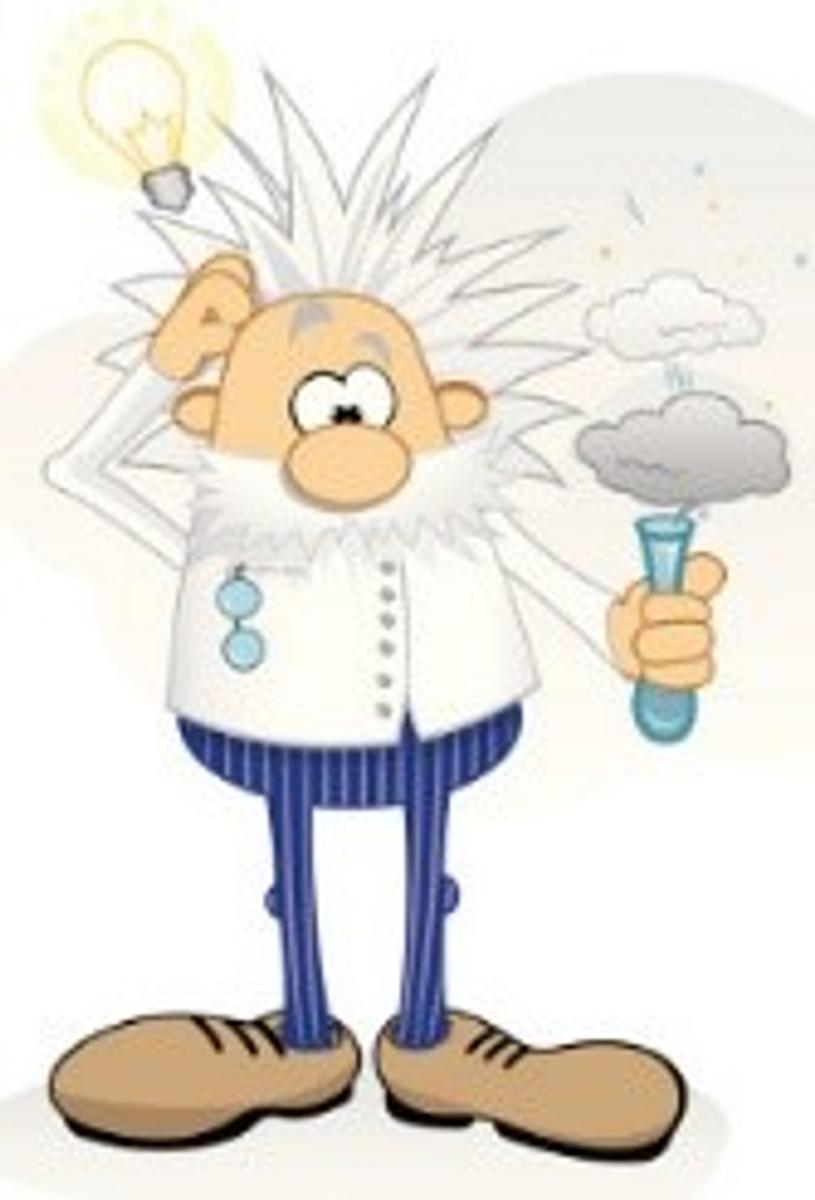Science News

Get Ready for Science Week 2016!
Get your lab coats and goggles out, because Science Week 2016 is drawing near! This year’s theme promises to be quite exciting as we delve into “Droids, Drones and Robots” so to all you aspiring mechatronic engineers, this one is for you. Science week kicks off on Friday the 12th of August and wraps up on Thursday the 18th, each day showcasing a different event.
- Science week starts off on the Friday with the ‘Science Discovery Dome’ giving certain select science classes a planetarium style experience that delves into astronomy, astrophysics and the geological sciences.
- On Monday Nossal welcomes the snake man and his menagerie of reptiles, allowing all students to have a hands-on experience with a variety of snakes, crocodiles and other creatures running from the start of lunchtime to the end of the day.
- Also on Monday, we have a guest speaker coming from the Florey Institute to speak to some of our lucky Psychology and Biology students.
- Tuesday promises an insightful day for several high achieving science students who will be chosen and invited to meet a group of scientists from both Monash University and the University of Melbourne to find out what it is like to study and work in the field. Keep an eye on your inbox for your invitation!
- On Wednesday the Year 9s will be treated to a performance from a visiting drama group and there will also be a science themed morning tea for the hardworking Nossal staff.
- Science week ends on Thursday as the chemistry rooms are open to all during lunchtime for some chemistry demonstrations. While the details for the actual experiments are not yet released, by looking at past years we can safely say that science week will end with a bang!
Also running throughout science week will be a photography competition focusing on this year’s theme “Droids, Drones and Robots”. Prizes will be awarded to those photographers with the most impressive and artistic submissions. Get ready to unleash your creative side and brush up on your camerawork techniques and make your photographs truly incredible.
So to all the aspiring scientists of Nossal, mark your calendars and get ready for the most exciting week of the year!
Shon Kolomoisky - Year 12
Mutants of the Botanical Kind
Unit 3&4 Biology Excursion to the University of Melbourne
Genetics - the word is entrenched in fantastical ideas, born in the melting pot of modern sci-fi. Much like travelling at warp speed and transferring minds, however, giving someone the ability to shoot laser beams from their eyes or read minds has very little in common with the actuality of what is occurring in science, embracing the adage of not letting the facts get in the way of a good story. Needless to say, the year twelve biology excursion to the University of Melbourne was focussed squarely on the facts of genetics: the study of the genes in the DNA, a sequence of chemical bases that act as the organism’s instruction manual (for want of a better word). This study and its real world applications are, in all of their own intricacies and explanations, arguably as amazing as science fiction.
One such example of this was looking at Arabidopsis thaliana plants under the microscope, along with their offspring. At first glance, the plant is unassuming, something you’d scrape out from between the cracks of bricks, but a close observation of it, as in the case of all living things, proves to be fascinating. Unlike bacteria which reproduce through splitting into two identical offspring, A. thaliana is capable of sexual reproduction. In most eukaryotic organisms (which include animals, plants, fungi, and protists) the organism’s genetic information is organised as maternal or paternal, with half coming from one parent, and the other half (a variant of the same info) from the other parent. These corresponding yet different segments of genes that code for characteristics are called alleles, for example brown eyes, or blue eyes.
The A. thaliana plants we looked at on the excursion had one notable point of difference, some had leaves with microscopic clusters of spikes along their edges, whilst others didn’t. Both were purebred, both of the spiky-leaved plants parents had spiky leaves, as did theirs. When these organisms reproduce sexually, they contribute half of their genetic info to the offspring, with the other parent contributing the other half. Whilst this may lead to the idea that half of the offspring would have spiky leaves and the other half wouldn’t, this was not the case. What we found was that all of the offspring (which would have contained a copy of both the gene for spiky leaves, and a gene for smooth leaves) had spiky leaves. This is an important proof in genetics for a concept central to what unit 3/4 Biology students are learning called dominance- that when two alleles are present in the genetic info of an organism, the dominant allele always takes precedence. In the case of Arabidopsis, we found that the spiky leave's character is dominant, whilst the smooth leave's character is recessive.
Aedan Kertesi - Year 12
The second activity completed by the Biology students on this excursion was a manipulation of the genetic material of a species of bacteria to confer resistance to copper. These bacteria were given a new gene through the use of a bacterial plasmid – a small, circular molecule of DNA – which was altered through the use of genetic engineering techniques to give it a copper resistance gene.
The bacteria were grown on a slab of agar that had been infused with increasing concentrations of copper so that the newly copper-resistant bacteria could be visualised – and compared with those without the copper resistance gene.
Mrs Latham
Science Domain Leader
Girl Power in STEMM Camp
On Sunday July 3, Anika Lim and I had the amazing opportunity to attend the Girl Power in STEMM camp at Ormond College, Melbourne University. The four-day camp was the kick-off of the four-year program, designed to inspire and assist young girls in their future careers in the areas of Science, Technology, Engineering, Mathematics and Medicine.
We both sent in our applications for the camp, and on Friday the 16th of June, we were overjoyed to be told we had been selected. Between then and the day of our arrival, we were full of nerves and excitement.
We began our first day with an introductory lecture on IT, and by learning a lot of new names and new faces. After that, we walked over to Ormond College (which was pretty much Hogwarts) and made ourselves at home in our own rooms.
The following days were jam-packed with workshops on everything from the Ethics of Self-Driving Cars to water filters and politics. We would have breakfast in the Hogwarts-like building, walk to the Melbourne University campus, complete a series of exciting and unique workshops, listen to lectures and eat a lot of chocolate before making our way back to the college and fighting for the first showers.
What was by far the favourite of everybody was the Panel Discussion and Speed-dating night. Gathered from all across Melbourne were inspiring females from the fields of STEMM. After an intense speed-dating session, we had the opportunity to ask them heaps of questions, and listen to their valuable responses about their careers, their struggles, successes and some advice we’ll carry with us for a long time.
The camp was a blast, but it was just the start of the next four years Anika and I will spend with this programme. We can’t wait to see what happens next, and I’m sure we all thank Shainie Holt from Melbourne University dearly for being the sole organiser of this programme.
Stephanie Barito - Year 9
ANZAAS Science Camp
Over the course of the first week of Term 3, July 10 - 15, I had the truly once-in-a-lifetime opportunity to attend the Youth ANZAAS Science Camp held in Brisbane at the University of Queensland. Youth ANZAAS 2016, organised by the Australian and New Zealand Association for the Advancement of Science (ANZAAS) and the Royal Society of New Zealand, receives financial support from the Federal Department of Education and Science.
During the course of the week, I attended lectures held and prepared by PhD students who attend the science campus at the University of Queensland and workshops held across the disciplines of science majors available on the campus. Some of the activities I went to included making cheese, animal dissection, concocting a herbal oil for mosquito-infected diseases and I toured around Brisbane Royal Hospital, Brisbane Science museum with the additional tours of the pharmacy, veterinary, engineering, geology, biomedical and physics campuses of the university of Queensland.
This camp was a phenomenal experience. I have learnt many anecdotes from a number of scientists and scientist-to-be and broadened my point of view on possible career options. During this course of one week, I have learnt to incorporate analytical and critical thinking tools to my studies and how I see the world. Another invaluable lesson I have attained is the little anecdotes of like-minded teenagers of my age who shared bits and pieces of their culture, lifestyles and thoughts in an environment that encouraged growth. The memories and friends that I have shared in this camp are irreplaceable and I strongly recommend Nossal students to take up this opportunity next year to open up their perspectives and make memorable connections with people you wouldn’t be able to normally meet.
Jennifer Nguyen - Year 10


